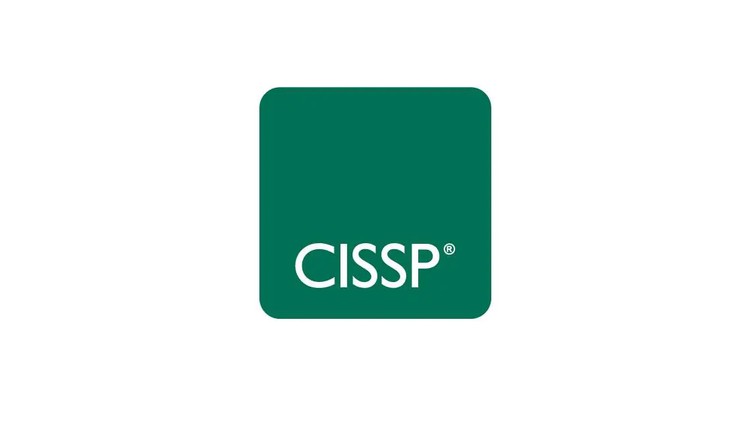CISSP Bootcamp Course : Domain 7 and Domain 8
Take the Domain 7 and 8 course for preparing for CISSP preparation

2
students
3 hours
content
Feb 2023
last update
$19.99
regular price
What you will learn
Security Operations Center (SOC)
Incident Response
Disaster Recovery Planning
Vulnerability Management
Software Development Life Cycle (SDLC)
Security Assessment and Testing
Software Testing and Quality Assurance
5167782
udemy ID
2/19/2023
course created date
2/22/2023
course indexed date
Bot
course submited by